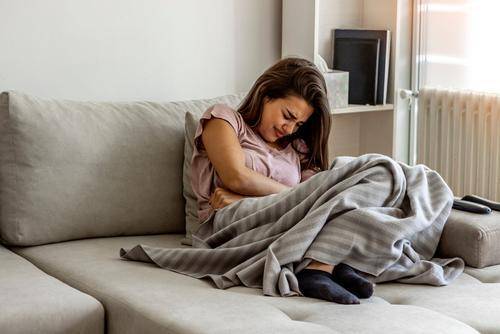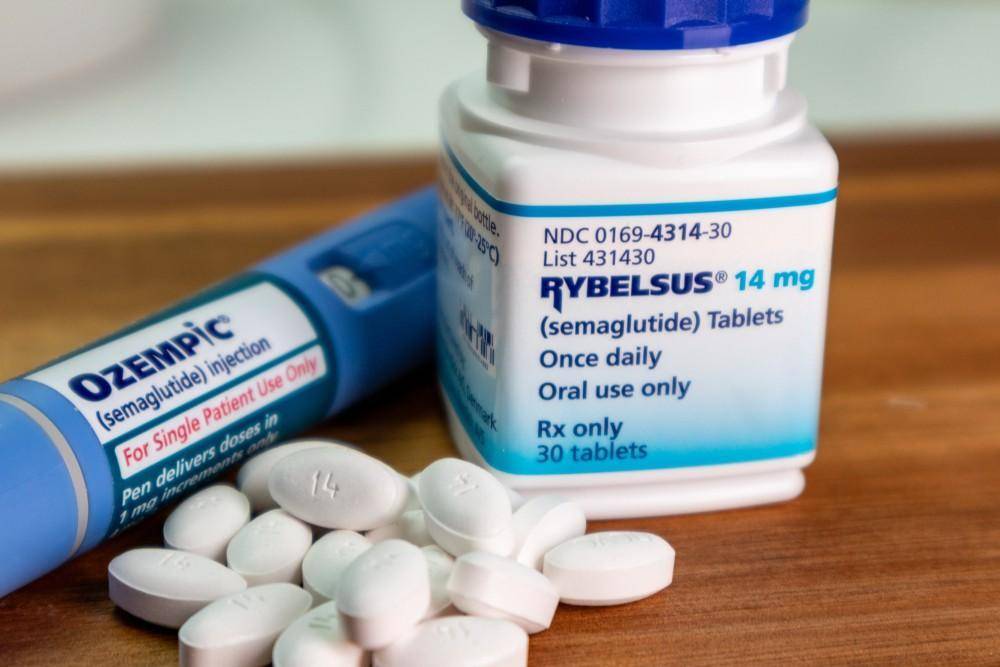Endometriosis is a female gender-specific disease in which tissues that are identical to the lining of the uterus grow outside the uterus, causing morphological changes. These displaced tissues can cause a lot of pain and can be the cause of infertility and other painfully disturbing diseases.
This disease greatly affects the pelvic region and makes it harder for the woman to carry on with her daily tasks. The worst thing about endometriosis is that it can start from the time you have your first period until the start of your menopause. So, the affected individual is bound to live with it for a very long time. In this article, we will take you through endometriosis, its implications, symptoms, and possible treatments.
Cause of Endometriosis
Unfortunately, the medical community has not been able to find the cause of this disease, and therefore, there is no way we can prevent it. The unanticipated growth of the tissues outside the uterus causes inflammation and scarring that can have other adverse effects on the pelvis and other body parts. Thus, endometriosis is a complex disease, and it affects women globally from the onset of their period and may subside near their menopause. It occurs regardless of their ethnicity and racial background.
Symptoms
Endometriosis and its symptoms vary from woman to woman. Some women may experience great discomfort from endometriosis. These women experience pain mostly during or after sex, while peeing or defecating, and during their period. While some women may never even know that they have tissue growing out of the uterus. The most common symptoms of endometriosis include:
- Depression
- Anxiety
- Chronic Pelvic Pain
- Irregular periods
- Heavy bleeding
- Fatigue
- Infertility
- Nausea and bloating
For some women, these symptoms may greatly improve after menopause starts. However, this is only true for some women and not all. As shown above, the symptoms of endometriosis are very commonly shared with dozens of other diseases. This is the reason why the person having these symptoms might never be diagnosed with endometriosis.
Diagnosis
Many tests can rule against or in favour of endometriosis in a woman. The most common telltale signs are irregular periods with chronic pelvic pain. However, because of the complex nature of endometriosis and unclear unique symptoms, this condition can go undetected for a very long time. The best way to be sure of the condition is either an MRI or histological tests that can confirm the diagnosis.
Treatment
The treatment of endometriosis is based solely on the patient and the severity of pain. That being said, there are many different drugs in the industry that can help in managing and reducing the pain. Among them, analgesics like ibuprofen, non-steroidal anti-inflammatory drugs (NSAIDs), and birth control pills are very likely to be prescribed for endometriosis.
Other contraceptive methods have also been shown to help when it comes to reducing the symptoms of endometriosis. These methods include:
- Implants
- Hormonal intrauterine devices (IUDs)
- Vaginal rings
- Injections
These methods will make it harder for you to get pregnant, which is why they are not prescribed to someone who wants to conceive soon.
Conclusion
In conclusion, endometriosis is a life-altering complex disease that may start with the onset of periods. There is no cure as of yet, but there are many different ways that the symptoms of endometriosis can be managed. Talking to your doctor about your condition and getting a diagnosis will be the first and the most important step in combatting this disease.
For more information on this topic, please reach out to us at RescueMD at 972-390-7667. We are an internal medicine, weight loss and women’s health practice. We serve Allen, Frisco, Mckinney, Plano, Dallas and surrounding areas. In addition to physicians, we also have registered dietitians and personal trainers on staff to treat and manage most cases.







